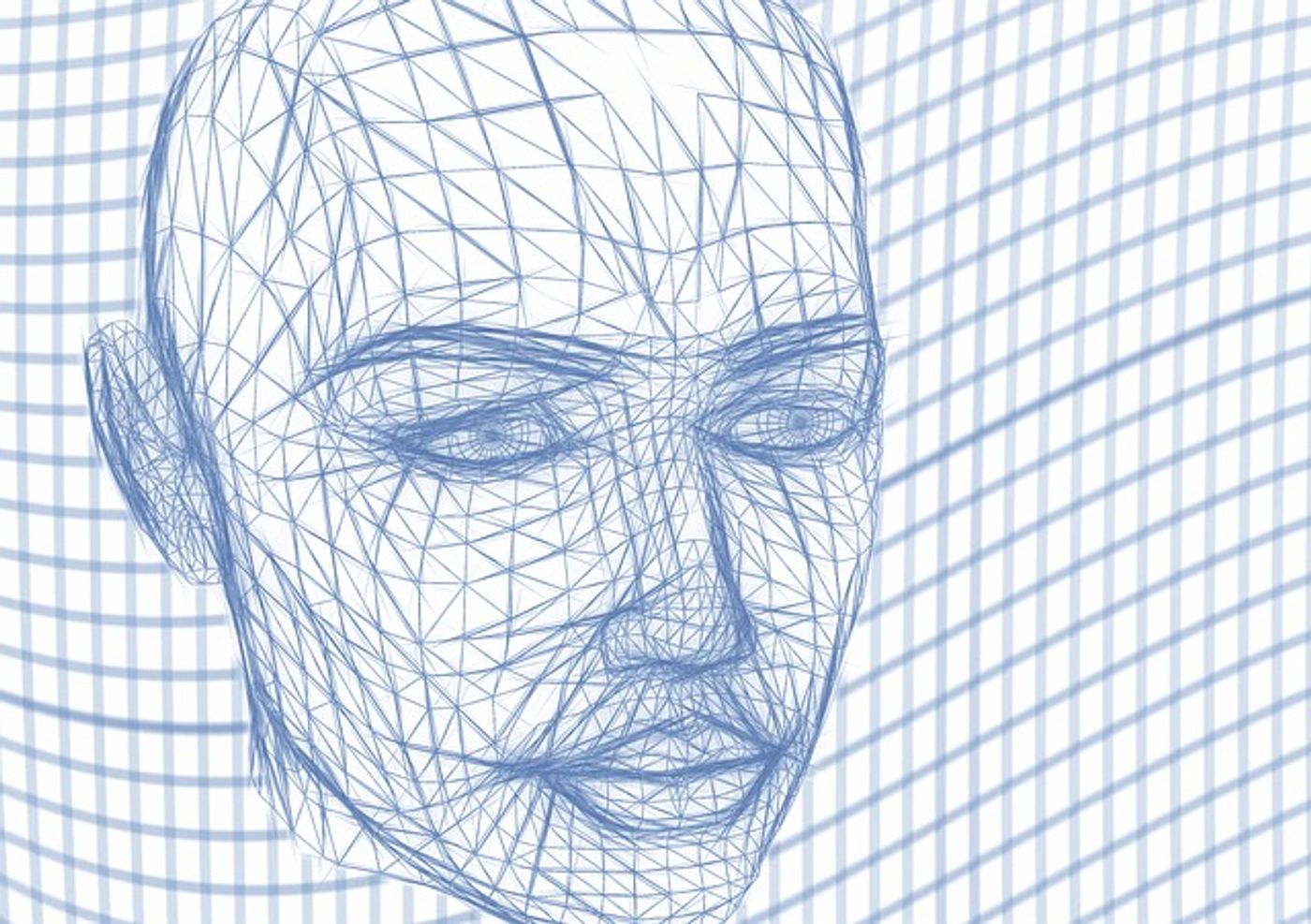Artificial Intelligence Diagnoses Rare Diseases By Examining Facial Features
Rare genetic disorders occur, defined as diseases that affect less than 200,000 Americans, occur in about 6% of the global population. Because these diseases are uncommon and diverse, doctors' ability to accurately diagnose these disorders is challenging. Researchers have termed this phenomenon a “diagnostic odyssey” characterized by patients requiring numerous clinical examinations, imaging tests, and laboratory screening. Sadly, this results in delayed or inadequate management and treatment options. To reduce diagnostic challenges associated with rare disorders, doctors are encouraged to consider any and all informative clinical indicators, including craniofacial abnormalities (those related to the bones of the skull and face).
For some diseases, associated facial abnormalities are noticeable and can assist in diagnosis, such as is often the case with Down syndrome. However, for rare diseases, the abnormality can be difficult to distinguish but, upon recognition, can play an essential role in diagnosing a genetic disorder and providing earlier intervention.
Artificial intelligence can help identify abnormalities by associating facial features seen in photographs with previously diagnosed syndromes. While beneficial, a major caveat of this method is that only established disorders included in the development of the technology are detectable. To address this limitation, a research group out of Germany has launched a new technology called GestaltMatcher, which can detect rare diseases even if they have only been diagnosed in a small number of patients. The researchers describe the development of this new technology in a recent publication in Nature Genetics.
The researchers used photographs of 17,560 patients diagnosed with over 1,000 distinct rare disorders, and they defined a “Clinical Face Phenotype Space” that matches patients with diagnoses. The authors suggest that using this technology in combination with genetic mutation data could both "accelerate the clinical diagnosis of patients with ultra-rare disorders" and "enable the delineation of new phenotypes.”
The researchers have made the database available for public use allowing doctors to match their patients with similar facial features. Increased use of this platform could help diagnose patients with rare genetic disorders faster and identify new variations of known rare diseases.
Sources: Am J Med Genet, JAMA Network, Nat Gen









